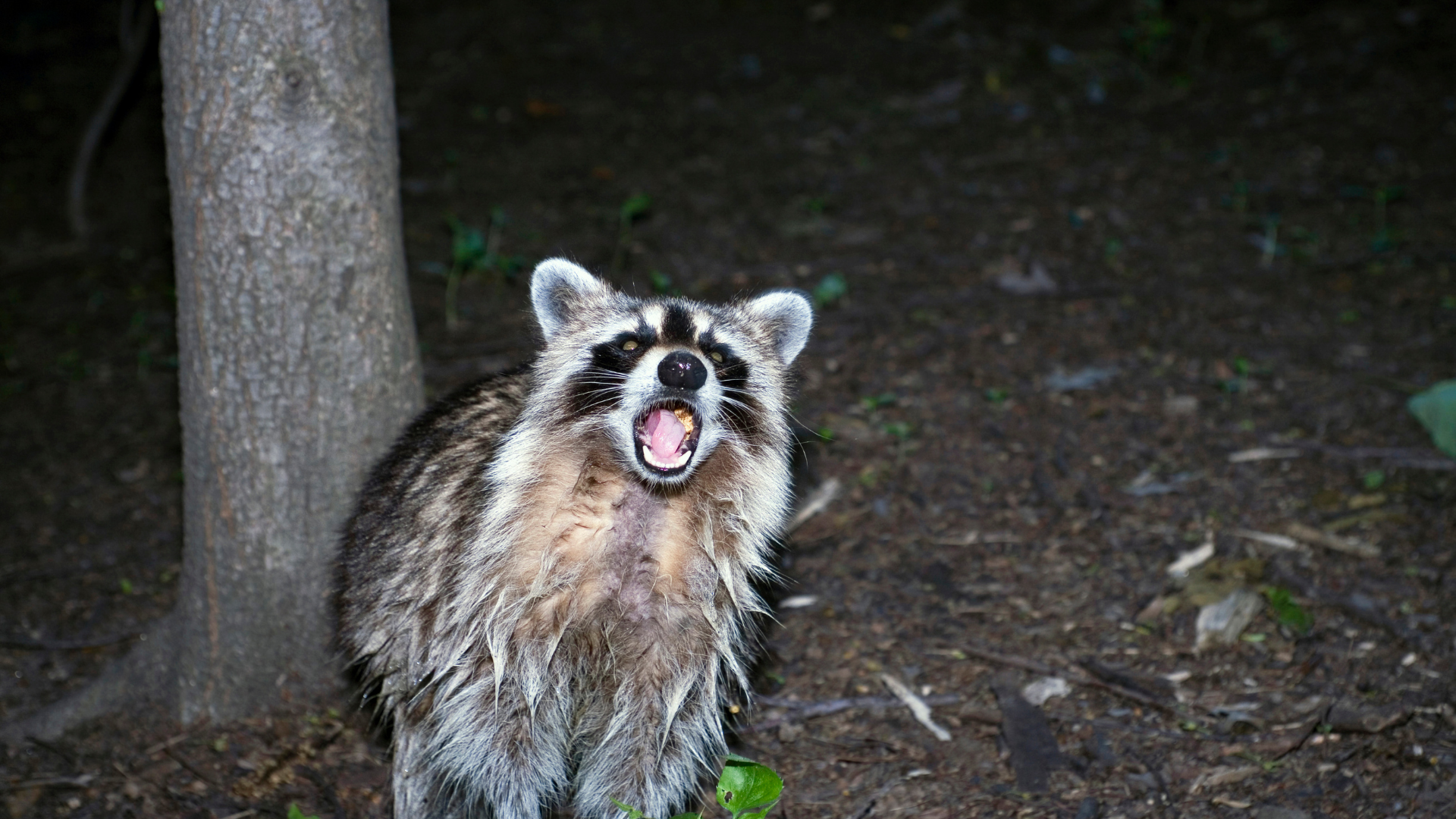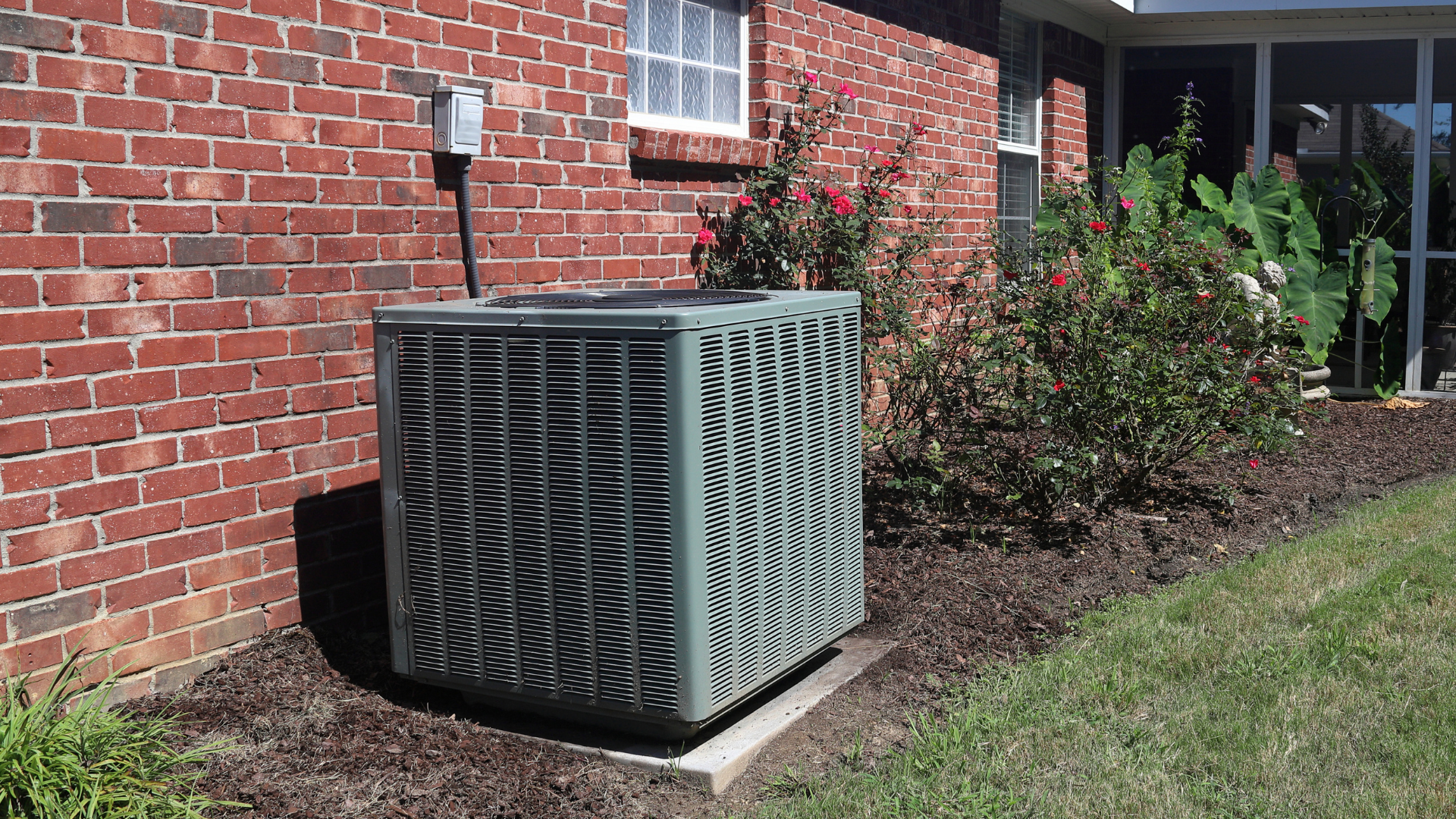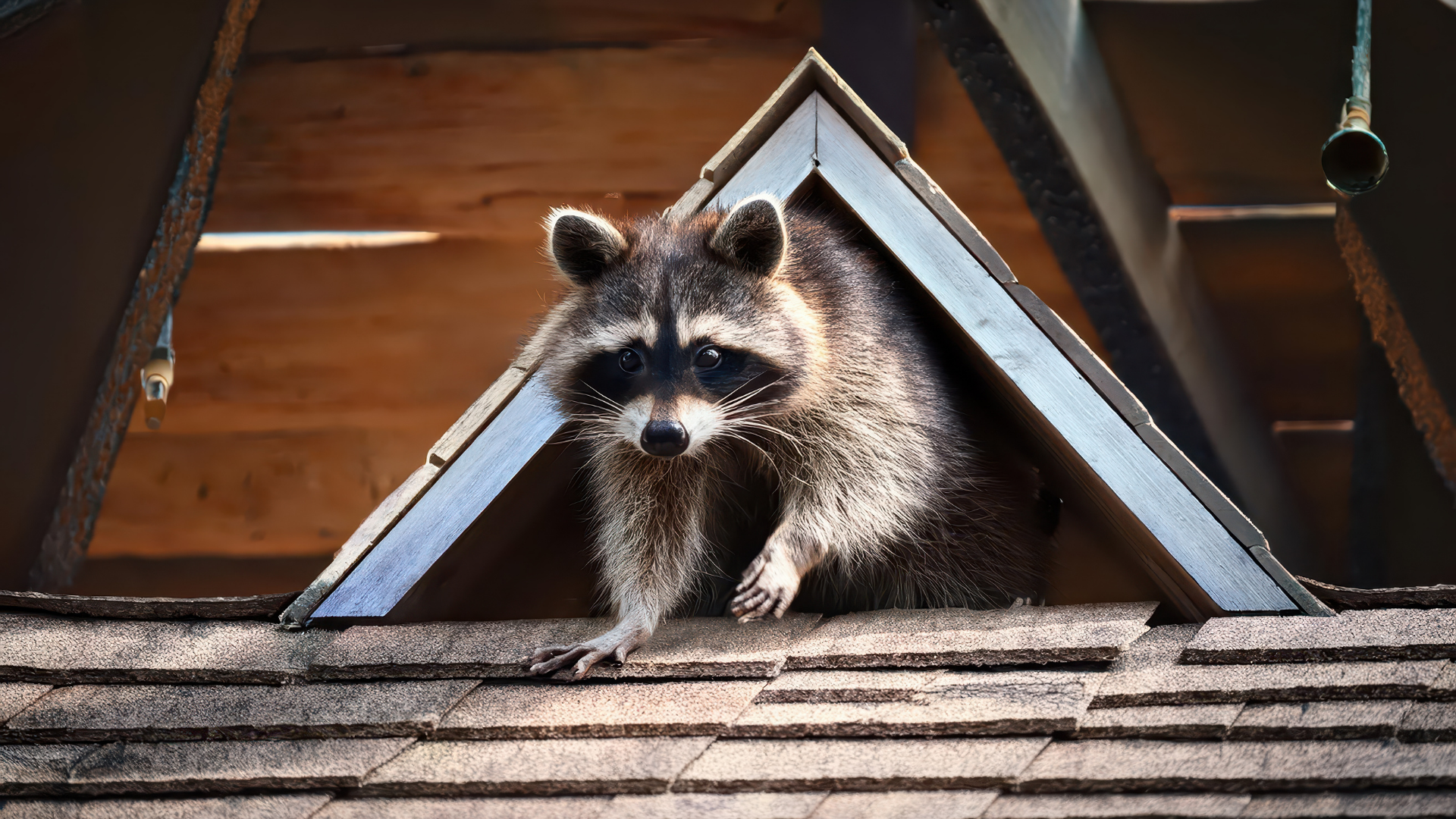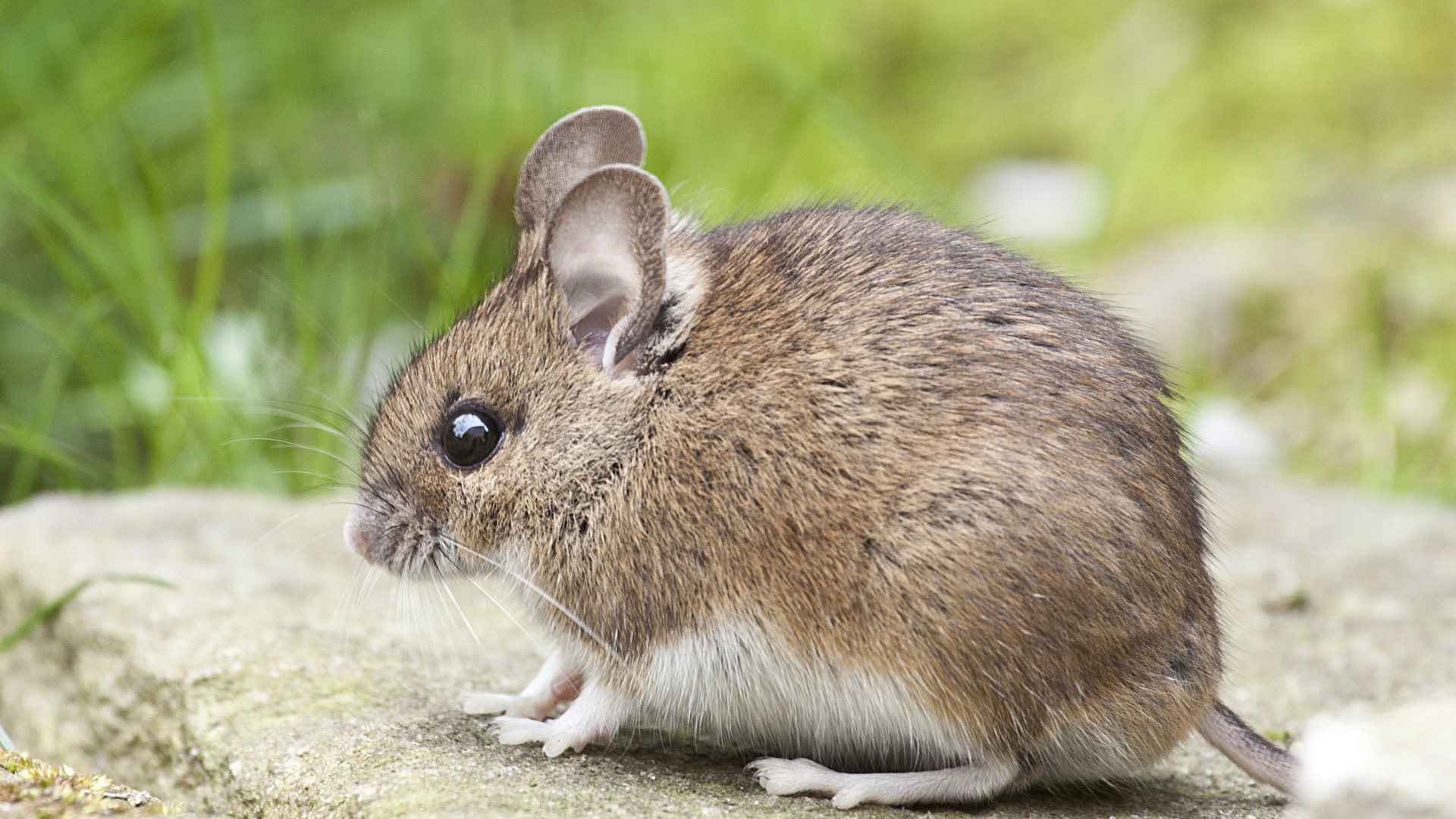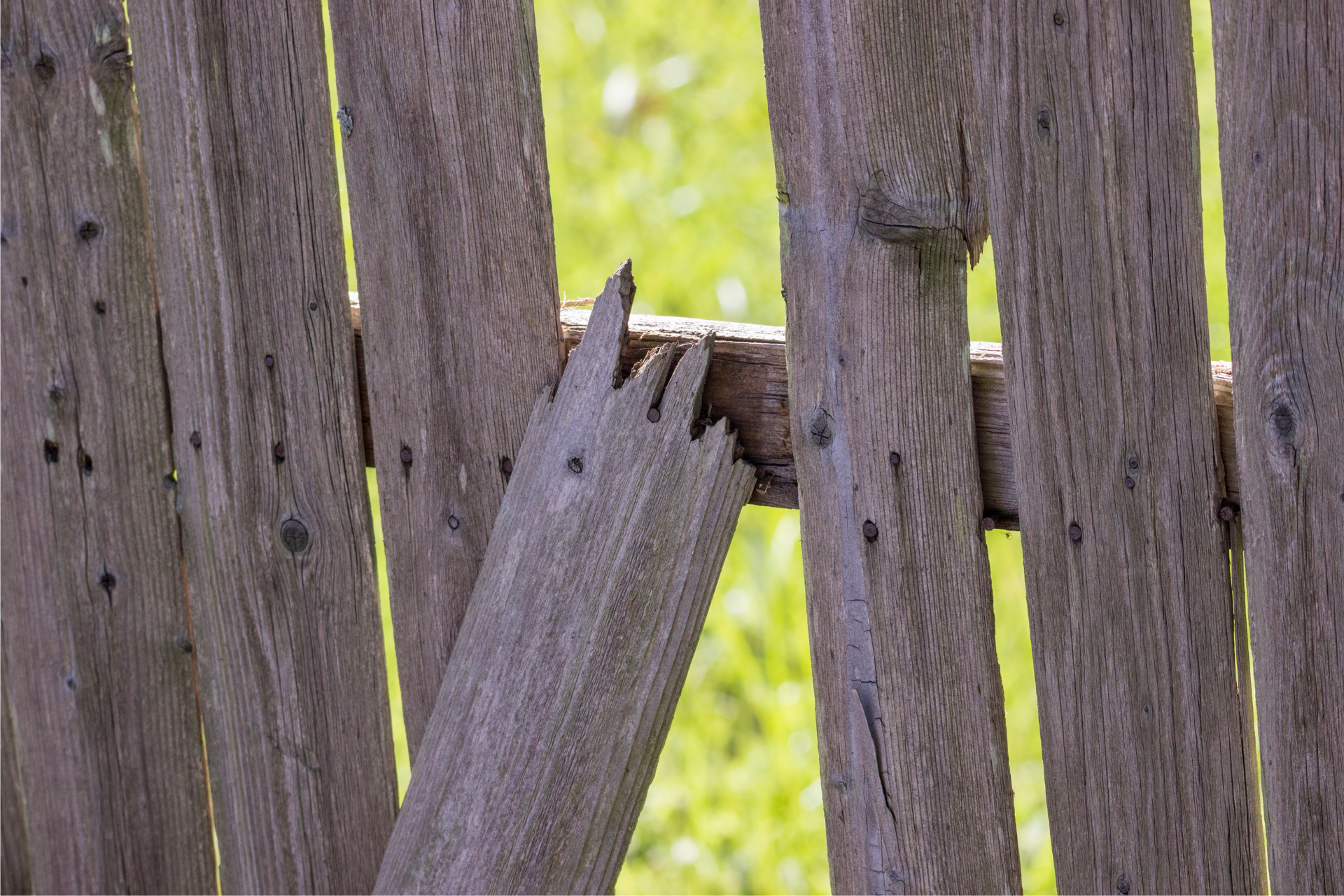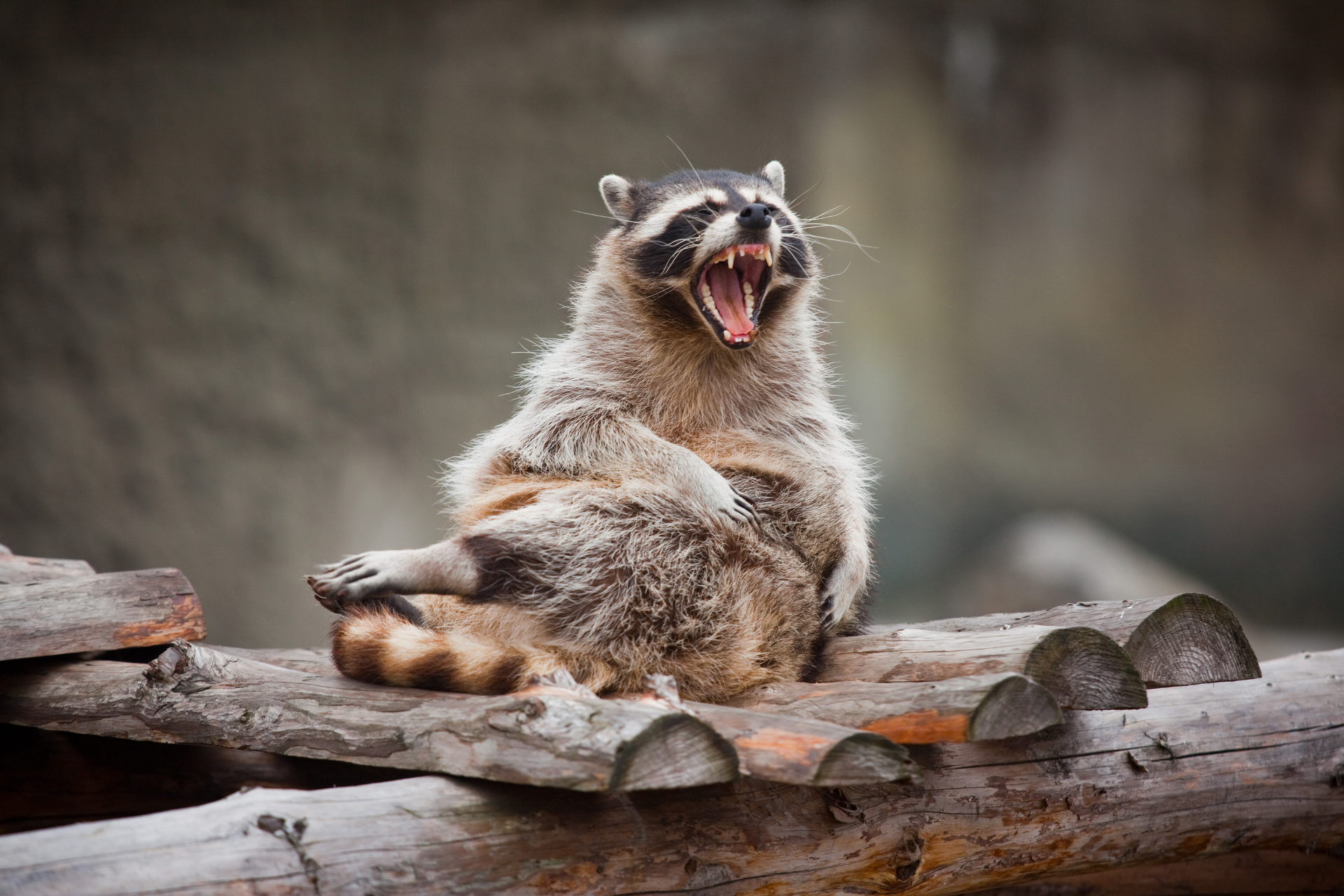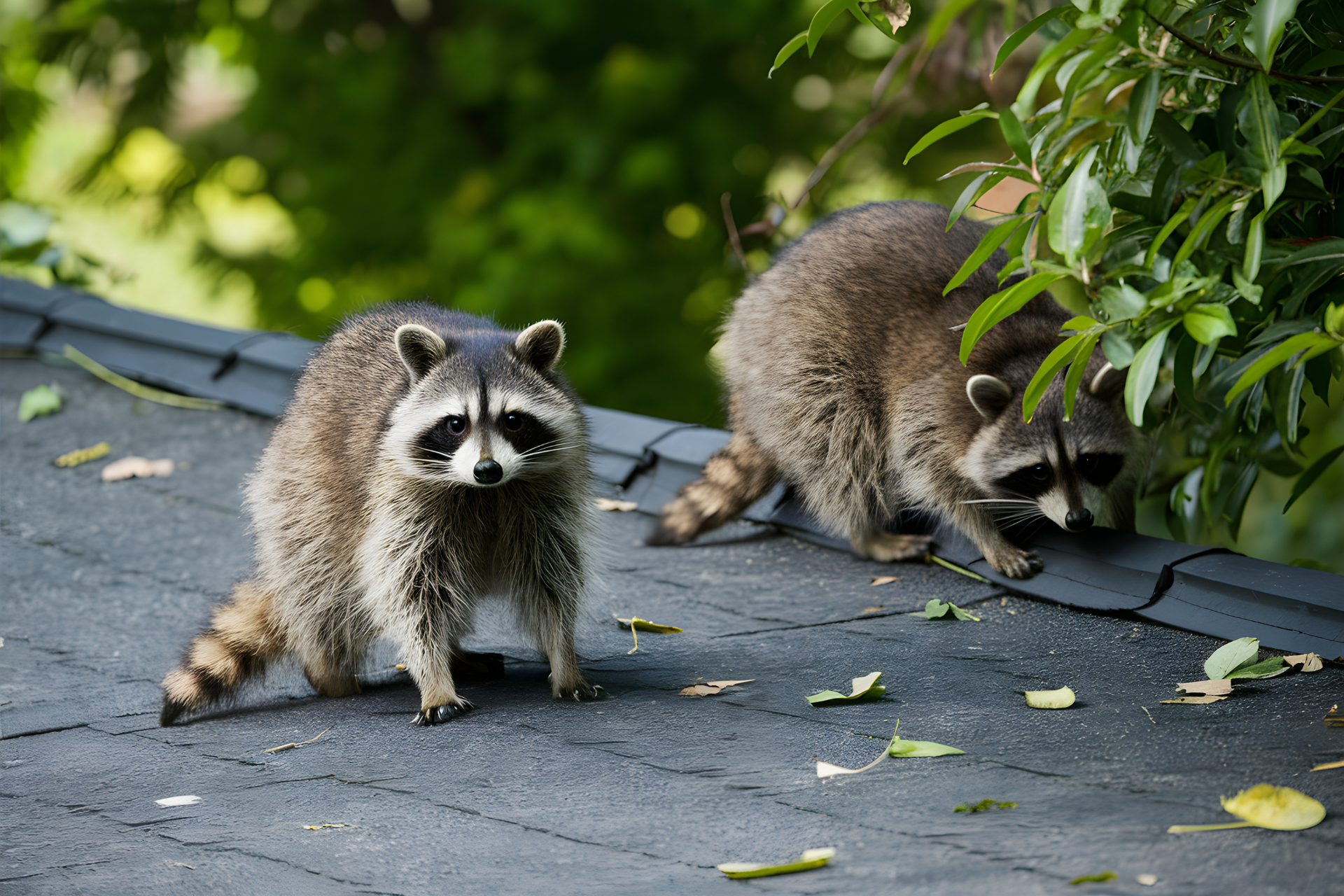The Influence Of Pet Food On Wildlife Behavior
Why Outdoor Pet Bowls Attract More Than Pets
Households that leave bowls of kibble or scraps on porches or decks often don’t realize how strongly those aromas travel. A small breeze can carry the scent far beyond the yard, creating a trail that creatures interpret as an open invitation. Skunks and raccoons are frequently the first to pick up these signals because their sense of smell makes it easy for them to locate even a small portion of food. When they discover a dependable source, they don’t hesitate to return. Their visits can shift from occasional to frequent, and that pattern encourages them to explore nearby structures such as sheds, crawl spaces, and garages.
The situation becomes complicated when several animals begin treating one home as a predictable stop. Each visit reinforces their belief that the space holds what they need. Critters wander closer to windows and doors, learning the small patterns of daily activity. As time goes on, these bold patterns shape their overall behavior. Instead of roaming through fields or wooded areas in search of berries and insects, they develop a habit of circling around human spaces. That shift increases interactions that most residents would much rather avoid.
Another issue with leaving bowls or scraps outside is the possibility of attracting individuals that don’t typically show up near residential zones. Some animals are naturally cautious around people, yet that hesitation fades when the reward outweighs the perceived risk. Once a strong smell leads a hungry creature close enough to see an easy meal, instinct kicks in. That moment can change the path of that creature’s nightly routine.
The Hidden Impact On Skunks And Raccoons
Skunks often rely on nocturnal foraging, traveling through brush or along fence lines to sample insects and fallen fruit. A dish of pet food sitting outside creates a shortcut that will rarely be passed up. After a few successful nights, they adjust their route so the property becomes part of their regular cycle. This shift in their pattern can spark several problems. It makes wild animals more likely to interact with domestic ones, and that increases the chances of startling encounters. A startled skunk can react quickly, and those moments aren’t pleasant for anyone involved.
Raccoons behave in a slightly different way. Their dexterity and curiosity make them determined problem solvers. When they discover unattended food, to them it's like a puzzle that rewards persistence. If containers or bags aren’t secured, they’ll test every possible angle. When they figure out how to reach the meal, they take mental notes and remember that success. That memory drives them to return again and again. Their confidence grows, and eventually their search will start to include investigating sheds, covered grills, and even open carports with the idea that there might be something else worth trying.
Both species can influence the behavior of each other. When one discovers an attractive source of nutrition, the other often follows. This creates a mini ecosystem of night activity around a single yard. Homeowners sometimes think the visits are random when in fact the animals are reacting to a consistent reward. The longer this continues, the harder it becomes to break the cycle. The presence of skunks and raccoons also signals to larger creatures that the area is worth exploring.
Larger Predators Respond To Small Signs
Once smaller animals begin frequenting a property, larger creatures occasionally take notice. Coyotes, foxes, and other predators observe patterns more closely than people may assume. If larger creatures recognize that skunks or raccoons keep returning to a particular yard, they may drift toward that location. Their interest might start with curiosity, yet they often keep coming back if they sense easy opportunities.
The smell of pet food isn’t the only element at play. Droppings, scattered crumbs, and the trail left by smaller visitors create a web of cues. Predators detect these clues and sometimes interpret them as hints that prey is nearby. When they follow those clues, they end up near porches, sheds, or garbage cans. Even if they don’t find the original food, the scent of domestic animals and human activity won’t necessarily deter them. Some predators gradually become comfortable roaming through neighborhoods because these signals tell them that other creatures visit without much consequence.
As predators grow more confident, the risk of uncomfortable encounters rises. They begin crossing yards during early morning hours, slipping along fences and hedges as they search for what first drew them there. Many residents don’t realize that these movements stem from one simple act: leaving food where it can be accessed by wildlife. What began as convenience for a pet can transform the behavior of an entire chain of creatures. That transformation has lasting results, especially when larger predators add suburban or rural residential zones to their routes.
Changing Patterns And Protecting Spaces
One of the biggest challenges with feeding pets outside is that the routine rarely stays contained. Even if a bowl is placed in a quiet corner of a porch, it doesn’t remain unnoticed. Wildlife quickly picks up on feeding schedules. If the aroma becomes familiar, pets may end up competing with wild creatures they never intended to share a yard with. That competition shapes territorial lines, encourages more bold behavior, and increases the likelihood of unwelcome moments around the home.
Removing food when pets finish their meal helps shift the balance back toward normal wildlife behavior. Without those enticing cues, animals eventually return to their natural foraging routes. They begin searching for insects, berries, and vegetation the way they would in areas untouched by human activity. While the transition doesn’t happen in a single night, the reduction in scent signals has a strong influence on how quickly they move along.
In many communities, residents believe these visits occur because their property sits close to wooded areas. While location plays a role, the presence of exposed nutrition exerts much more influence. Once bowls and scraps are consistently removed, wildlife will gradually look elsewhere for sustenance. Predictable cycles fade when the incentive disappears.
As a company that understands the complexity of wildlife behavior, we at Patriot Wildlife encourage residents to take simple steps that help guide animals back to natural patterns. Food left outside creates a ripple effect that affects skunks, raccoons, and predators that investigate the activity of those smaller creatures. When homeowners remove the temptation, local wildlife shifts back toward healthier habits. If you’ve noticed unusual activity around your yard or want guidance on reducing these visits, contact Patriot Wildlife so that our team can help restore a calmer environment around your home.


